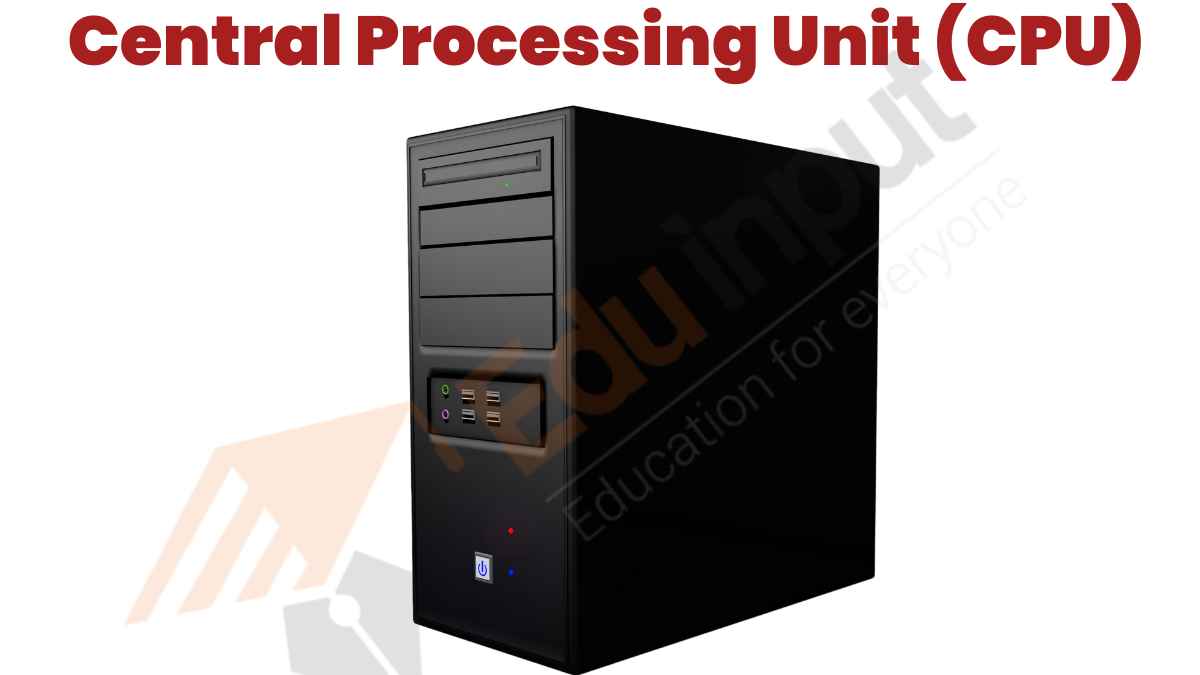What is Monitor in Computer?-Types of Monitor
A monitor is a computer display device that displays images or text on a screen. Monitors come in various sizes, shapes, and prices. The size of the screen determines the resolution (the number of pixels) and refresh rate (how often the image changes). Higher resolutions and higher refresh rates produce sharper graphics.
Types of Monitor
There are different types of monitors
CRT Monitor
A cathode ray tube (CRT) monitor is a type of computer screen that uses electron beams to produce images. The image is produced by scanning across the face of the tube using the electron beam.

These monitors are bulky, heavy, and expensive. Today, they are being replaced by LCD monitors.
CRT Monitor Working
A cathode ray tube (or CRT) consists of two metal cylinders, called electron guns, positioned at either end of a glass tube. When power is applied, the electrons emitted from the tips of the guns bounce off the inside surface of the glass, then travel down the length of the tube.
At the screen, where they land, they hit phosphors on the screen’s coating, causing them to glow. The image is produced by the way the electron beams pass through holes in the back of the tube.
Flat-panel display
Flat-panel displays have been around for decades, but they’ve only recently started becoming popular due to their superior image quality compared to CRT (cathode ray tube) monitors. These screens use a thin film transistor array instead of tubes to create images.
One great thing about flat panel displays is that they do not get damaged like cathode ray tubes do if dropped. However, some people prefer CRTs because they produce a cleaner image and are easier to read than flat panels.
LCDs (liquid crystal displays)
LCDs (liquid crystal displays) are the most commonly used flat-panel display technology. An LCD uses tiny crystals called liquid crystals that change color based on electricity flow.
This means that a small amount of electrical current running through the crystals changes their shape, letting the light pass through it. An advantage to using LEDs is that they consume less power than traditional bulbs and their brightness does not decrease over time.
Gas Plasma Screen
Gas Plasma Screen – A gas plasma screen is a type of flat panel display technology that uses ionized gas (plasma) to produce images. Gas plasma screens use a thin glass plate coated with phosphor material. When struck by electrons accelerated by high voltage, the phosphors emit visible light. The phosphors are excited by ultraviolet light generated by a gas discharge between two electrodes.
LED Monitor (Light Emitting Diode)
LED (light emitting diode) displays are now widely used in televisions, computer screens, smartphones, tablets, and other electronic devices. These days, LED monitors are replacing conventional CRT (cathode ray tube) monitors.
The main advantage of LED monitors is their energy efficiency. They consume less power than other types of displays. This means they last longer and require fewer batteries. Another benefit is that they don’t emit harmful radiation like CRT monitors.
Touch screen monitor
A touchscreen monitor is a flat panel display that allows you to interact directly with the computer or smartphone using your finger. They are also known as digitizers because they allow you to draw, write, type, play games, etc.
| Year | Event |
| 1964 | CRT display. |
| 1965 | Touch screen technology was invented by E. A. Johnson in 1965. |
| 1973 | The Xerox Alto computer was released on March 1, 1973. |
| 1975 | The first resistive touch screen display was developed by George Samuel Hurst in 1975. |
| 1976 | The Apple I and Sol-20 computers |
| 1977 | LED display technology was developed by James P. Mitchell in 1977, |
| 1977 | The Apple II, was released in June 1977. |
| 1987 | The first VGA monitor, the IBM 8513, was released by IBM in 1987. |
| 1989 | The SVGA standard for computer displays was officially defined by VESA in 1989. |
| the late-1980s | By the late 1980s, color CRT monitors were capable of a 1024 x 768 resolution display. |
| 1997 | Apple, IBM, and ViewSonic began developing color LCD monitors. |
| 1998 | The Apple Studio Display was manufactured by Apple in 1998. |
| 2006 | The first interface-free, touch-based computer monitor was introduced at TED by Jeff Han in 2006. |
| 2017 | Touch screen LCD monitors |

 written by
written by 





Leave a Reply